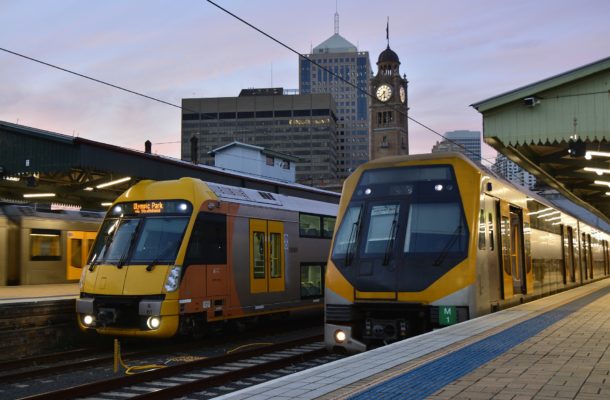Boost for Western Sydney from ‘smart city’ transport plans

A good deal is one that delivers the best outcome for everyone at the table. With the Western Sydney City Deal, that’s what we have. And the region’s residents and businesses are the biggest beneficiaries.
Smart cities are connected cities. They are cities that make the exchange of ideas, expertise and enterprise easy. In these cities, transport connectivity isn’t an issue, in fact – when it’s done well – it’s barely noticeable, it’s second nature. That’s the promise with this Deal.
The focus of the deal – the eight outer-west council areas dubbed the Western Parklands City – takes in several major Western Sydney University teaching and research sites, including its Penrith, Campbelltown, Hawkesbury and Liverpool CBD network of campuses. This means the University is central to driving the Deal’s bold educational, economic and ‘liveability’ objectives.
The deal commits to a set of objectives we’ve long shared. It’s about bringing more knowledge jobs to the region, connecting its residents, and transforming it into a thriving hub of technological innovation, world-leading research and commercial enterprise.
Importantly, the signing of the deal coincides with the opening of our newest campus in the Liverpool CBD where teaching has started this week. These students, over 4,000 of them across Liverpool alone, will be critical to supporting precisely the type of innovation the Prime Minister and Premier are looking to see at the aerotropilis, and throughout the Western Parklands City.
The deal also aligns exceptionally well with the University’s commitment to a health and medical research facility in Campbelltown.
Bringing world-leading research to one of the region’s fastest growing cities is a priority this deal supports through its liveability objectives and broader focus on improving lives. We’re proud to support that along with Campbelltown City Council, the Ingham Institute and the South Western Sydney Health District.
Western Sydney University has long been working towards achieving many of the deal’s central objectives. We matched a $13.5 million investment from the federal government in 2013 towards building the site of the deal signing, the Werrington Park Corporate Centre, ten minutes east of Penrith.
Five years on, the Corporate Centre has created 400 knowledge jobs and given rise to Western Sydney’s first and largest startup incubator network, Launch Pad. This shows what’s possible with vision, shared investment, good policy and sustained commitment from governments, universities and industry partners.
Connecting sites like the Corporate Centre to heavy rail – as the Deal will do – creates a multiplier effect. It provides a platform to expand and amplify the early inroads we’ve made.
The knowledge-exchange framework of the deal will also enable the intensification of the University’s and Launch Pad’s partnership with the Sydney Science Park, bringing specialist research, industry collaboration and STEM focused education to the region.
Connections are pivotal. And while the deal’s vital rail link may stop at St Marys, the University’s ‘Innovation Corridor’ – an economic development strategy we released in 2015 – continues up into Richmond in the north west.
This is the site of our Agripark, where with local and international partners we’ve built Australia’s most technologically advanced glasshouse research facility. This is the beginning of a push to capitalise on exceptional trade opportunities in Asia and surrounds, where Western Sydney could lead as a global centre of excellence in food security and technology assisted cropping.
That would of course require a ‘stage two’ in the Western Sydney City Deal where a link between Richmond and the new South-West link could connect the Agripark to Badgerys, and then the world.
But let’s not get ahead of ourselves. Yesterday Western Sydney sealed a great deal. Now the work really begins.
Professor Barney Glover is the Vice-Chancellor and President of Western Sydney University. He previously served as Vice-Chancellor at Charles Darwin University from 2009 to 2013.














